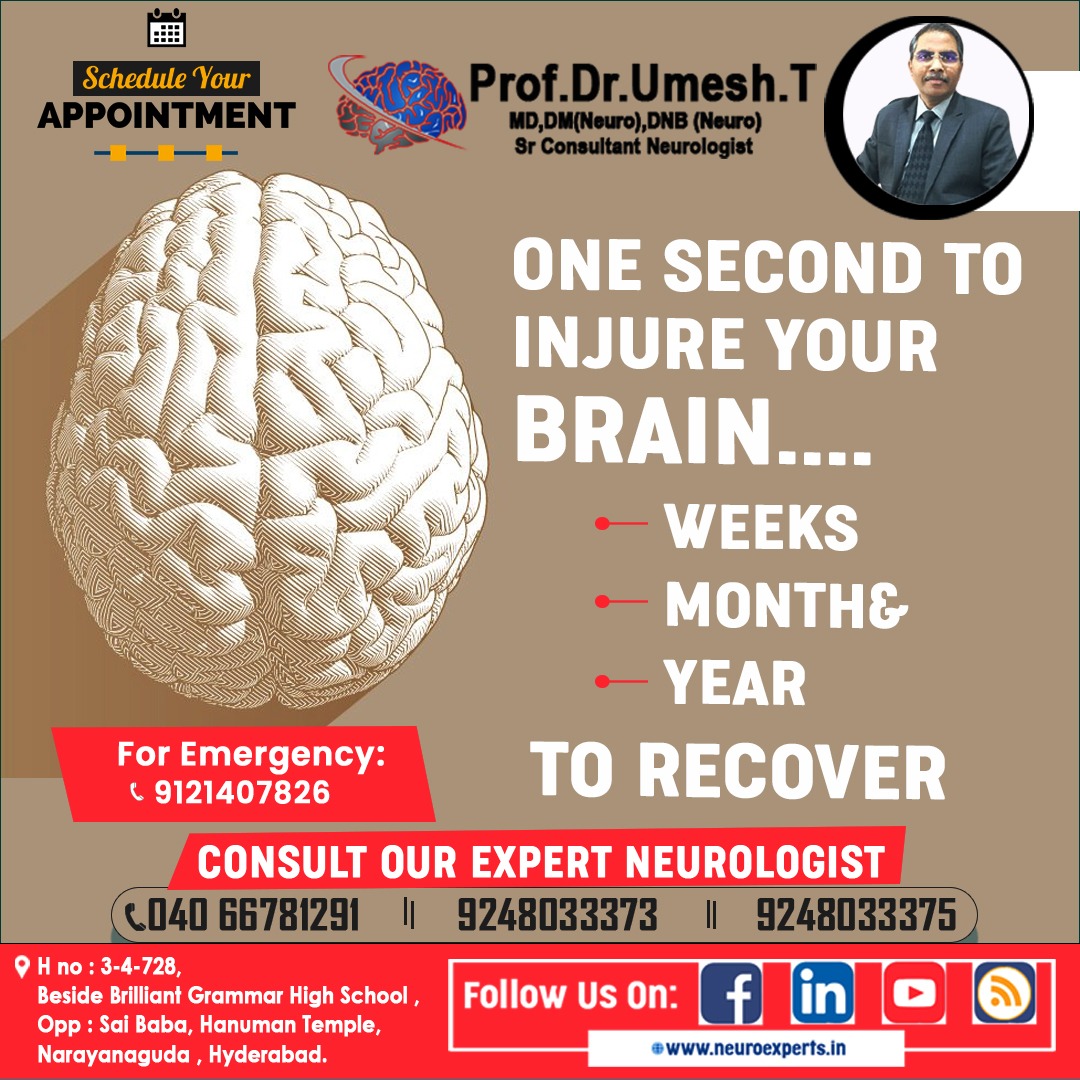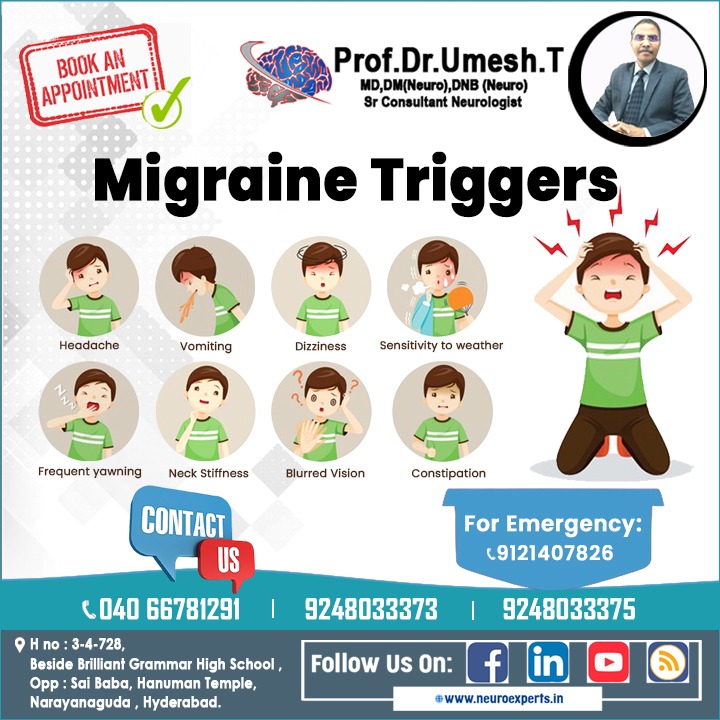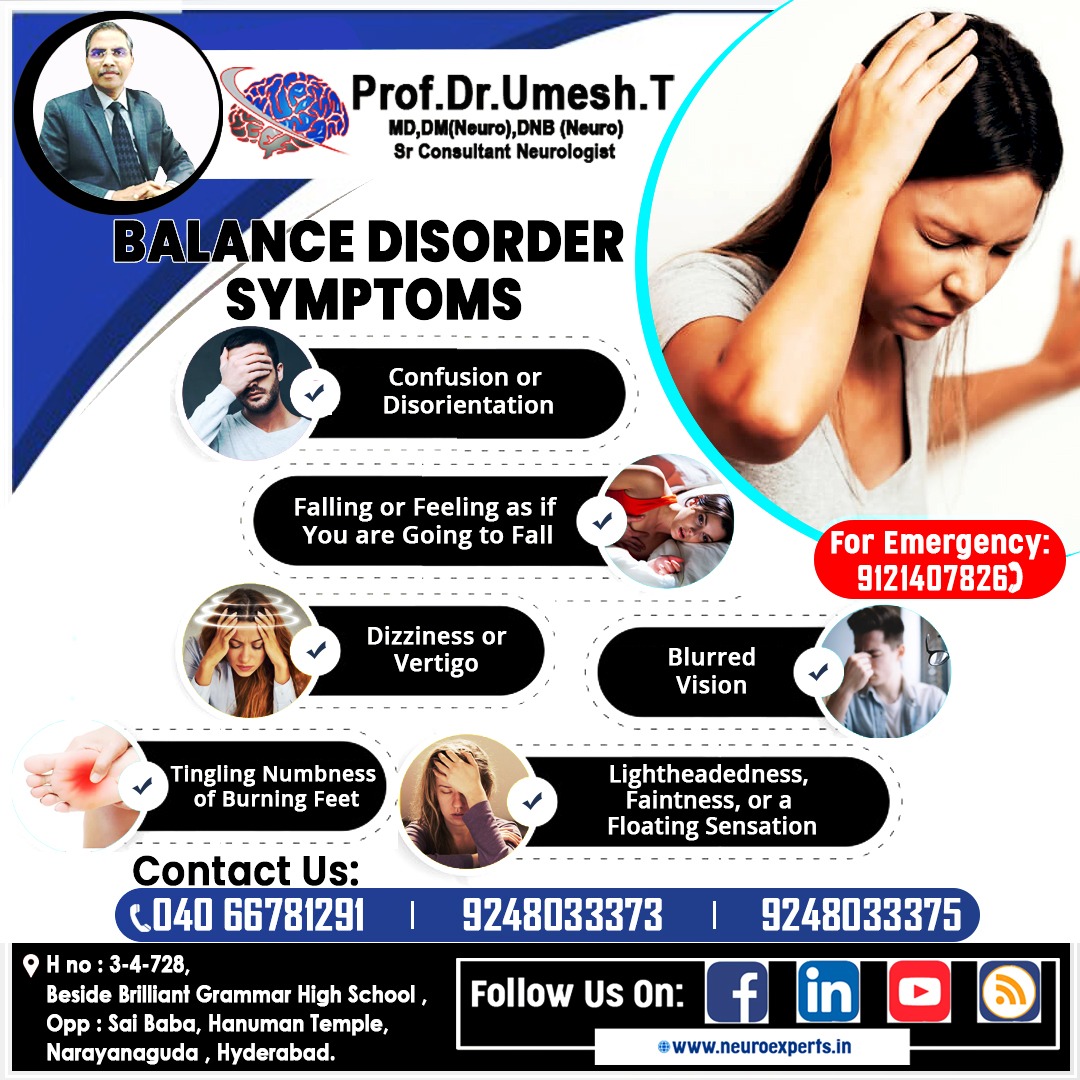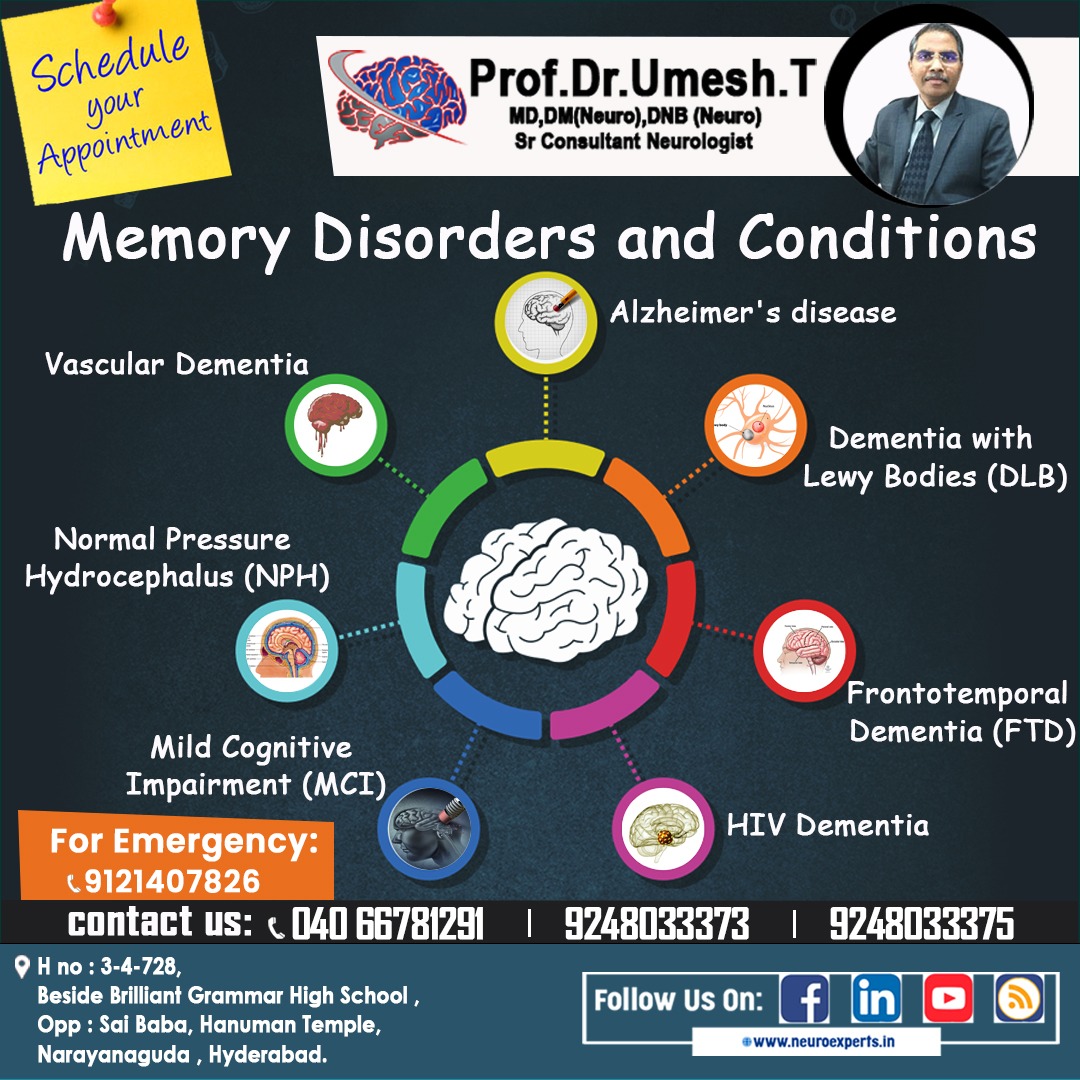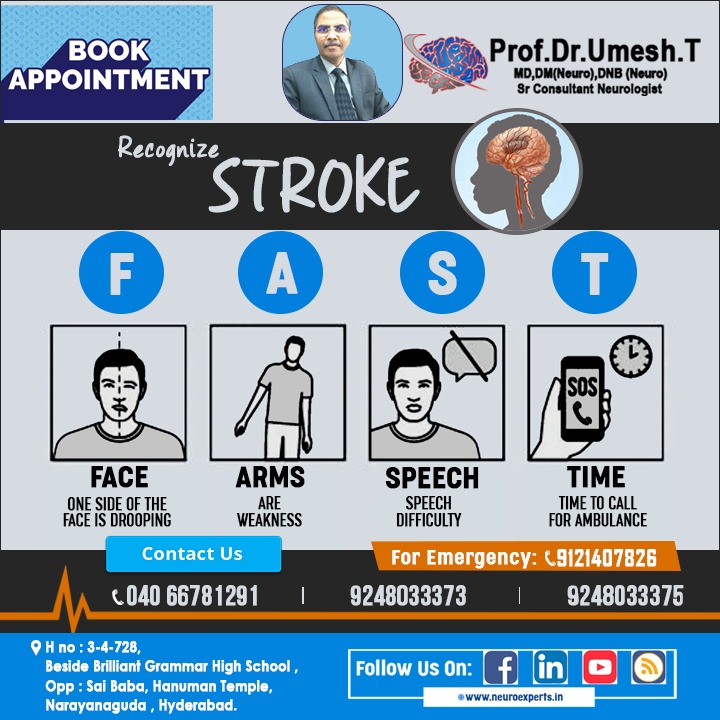The classifi cation of a disease mirrors current knowledge and it is therefore crucial to reform it when science makes progress. The classifi cations of epilepsy and seizures have been changed several times over the years.
Most people with epilepsy (PWE) experience seizures for a limited time during their life, followed by remission . The possibility of remission 20 years after diagnosis is approximately 70% . The probability for remission is highest in patients with generalized-onset seizures diagnosed before ten years of age.
The epilepsy are basically divided into two groups mainly, symptomatic and idiopathic. All symptomatic ones have detectable causes, which can be static or progressive in their course, like such as stroke, head injury, or central nervous system (CNS) infections and progressive symptomatic epilepsy encompasses epilepsies associated with progressive illnesses (e.g. brain tumors or degenerative disease).Symptomatic epilepsy constituted 23% (progressive- 2%, remote symptomatic- 21%) and idiopathic epilepsy about 77%. All these factors impact patient’s daily life and, by the extension, their quality of life (QoL
Psychosocial functioning deals with the effectiveness of the individual in the social environment. It describes how well a person functions in the very complex reality of the world with it’s many interpersonal relations.
Epilepsy is much more than recurrent seizures and PWE may also experience psychiatric problems, difficulties in cognition and sometimes maladaptive social function. The social stigma of epilepsy remains strong in many parts of the world, and can be predictor of future psychosocial problems. Negative attitudes towards Patients with epilepsy still exist;
One third of children effected with epilepsy expect their condition to hinder their lives in the future and are especially concerned about employment opportunities, travelling, exploring and education
The unpredictable nature of epilepsy often causes stress even if the disease is fairly well controlled. If frequent seizures occur this may force Patients with epilepsy(PWE) to be absent from ongoing education, which will result in poorer academic achievements
PWE more often report poor health, unemployment and the inability to work. PWE more often live in households with the lowest annual income,
People who have experienced even a single seizure have been shown to be discriminated against on the labour market. Epileptics may have impaired quality of life, this may often occur with drugs used to treat epilepsy. children with epilepsy may be at risk of developing poor self-esteem and poor confidence.
Young people who live with epilepsy have a significantly higher incidence of depression related to interpersonal problems, social anxiety, and more obsessive symptoms than do adolescents without epilepsy.PWE have a high rate of co-occurrence with other diseases that contribute to the burden of epilepsy
The prevalence of psychiatric co morbidity among PWE is especially high. Anxiety is estimated to affect between 10 and 25% of PWE , while between 10 and 60% suffer from depression
People affected by epilepsy can also have impaired memory and concentration problems due to side effects from AEDs
Deficits in attention, concentration, memory and word finding are the most common
It is very common that PWE attribute their memory diffi culties to side effects from AEDs and not to the underlying pathology or psychosocial diffi culties which are also important
The most common treatment for epilepsy is pharmacological treatment and most patients are prescribed antiepileptic drugs (AEDs). Great care has to be taken in the decision to prescribe an AED, since the treatment is often life long. The choice of drug needs to be individualized and based on a careful risk-benefit ratio , taking into account factors including but not limited to seizure type, age, sex, childbearing potential, co morbidities and concomitant medication.
Recently epilepsy treatment is advanced into surgery, only in select cases the lesion can be resected by surgery.




